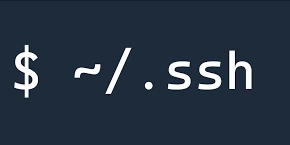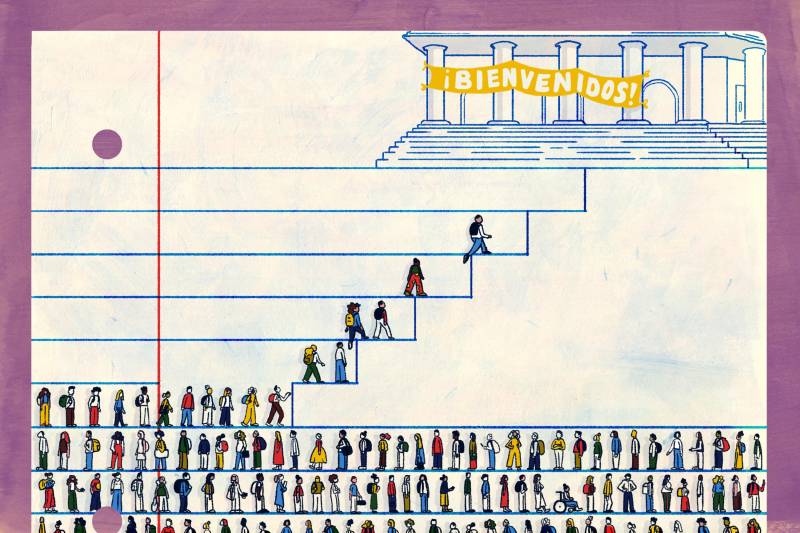The Beginner’s Guide to Secure Shell
It’s a secure protocol used to safely connect to remote systems over a network (typically used by developers to access servers, manage files, or interact with platforms like GitHub) How SSH works (shortly) Think of SSH like a secure tunnel between your computer and another system. Instead of sending your username/password every time, SSH uses key for authentication. Generate an SSH key pair Private Key: Stored secretly on computer Public Key: Shared with platform server Remote Platform need public key It stores it securely in that remote account When try to connect to remote via SSH Remote asks: Do you have the matching private key? My computer proves it without sending the private key if it matches remote lets you in — no password needed Generate SSH Key (Each command will worked perfectly for linux/macOS based terminal) ssh-keygen -t ed25519 -C "email here" Start the SSH agent eval "$(ssh-agent -s)" Add private key to SSH Agent ssh-add ~/.ssh/id_ed25519 Print SSH key cat ~/.ssh/id_ed25519 cat ~/.ssh/id_ed25519.pub (see public key) Delete the compromised SSH key (If needed) rm -f ~/.ssh/id_ed25519* Conclusion SSH is an essential tool for anyone working with remote systems—whether you're a developer, system administrator, or DevOps engineer. By understanding how SSH works and adopting best practices like using key-based authentication and managing your configurations securely, you can greatly enhance the safety and efficiency of your workflow. Mastering SSH not only improves your command-line skills but also empowers you to manage servers and services with confidence. So start exploring, stay secure, and take full control of your remote environments.

It’s a secure protocol used to safely connect to remote systems over a network (typically used by developers to access servers, manage files, or interact with platforms like GitHub)
How SSH works (shortly)
Think of SSH like a secure tunnel between your computer and another system. Instead of sending your username/password every time, SSH uses key for authentication.
Generate an SSH key pair
- Private Key: Stored secretly on computer
- Public Key: Shared with platform server
Remote Platform need public key
- It stores it securely in that remote account
When try to connect to remote via SSH
- Remote asks: Do you have the matching private key?
- My computer proves it without sending the private key
- if it matches remote lets you in — no password needed
Generate SSH Key (Each command will worked perfectly for linux/macOS based terminal)
ssh-keygen -t ed25519 -C "email here"
Start the SSH agent
eval "$(ssh-agent -s)"
Add private key to SSH Agent
ssh-add ~/.ssh/id_ed25519
Print SSH key
cat ~/.ssh/id_ed25519
cat ~/.ssh/id_ed25519.pub (see public key)
Delete the compromised SSH key (If needed)
rm -f ~/.ssh/id_ed25519*
Conclusion
SSH is an essential tool for anyone working with remote systems—whether you're a developer, system administrator, or DevOps engineer. By understanding how SSH works and adopting best practices like using key-based authentication and managing your configurations securely, you can greatly enhance the safety and efficiency of your workflow. Mastering SSH not only improves your command-line skills but also empowers you to manage servers and services with confidence. So start exploring, stay secure, and take full control of your remote environments.






































































